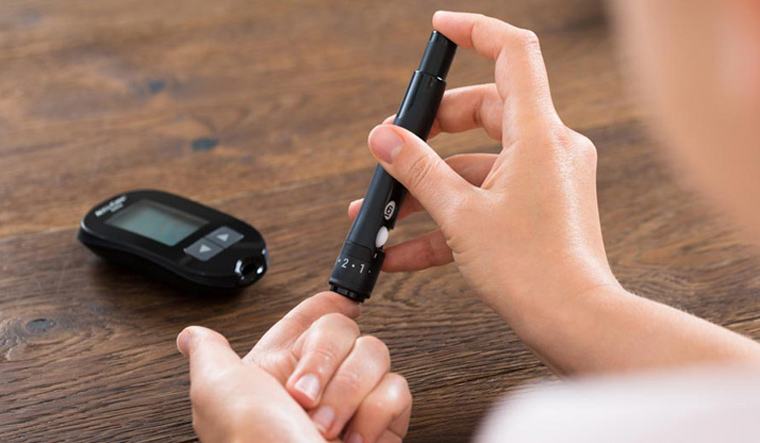Diabetes is found in all parts of the world and is becoming a serious threat to mankind, taking the form of a global epidemic. According to the International Diabetes Federation Atlas 2015, an estimated 69.2 million Indians are diabetic and the number is estimated to grow over 100 per cent by 2030.
Studies reveal most of the treatment for diabetes in India is largely dependent on foreign-made insulin, which is expensive. With diabetes becoming such an epidemic in India, the root causes are never looked at. “Rather than tackling the lifestyle issue, going straight for insulin is not the only option,” Fionaa Godlee, former editor of British Medical Journal told the Economic Times at the BMJ South Asia Awards 2016.
A senior diabetologist from Bengaluru who did not want to be named said that with the entry of corporates into the medical field, healthcare has become a business which has to be profitable for the investors. “Many are persuaded to prescribe insulin due to heavy rebates and profit margins the healthcare professionals are provided with,” he added.
Before immediately jumping onto insulin, a few diet and lifestyle changes will go a long way in keeping sugar levels in check. Generally speaking, those diagnosed with type 1 diabetes (kids), type 2 diabetes and gestational Diabetes (pregnant women) should include protein and fibre and decrease carbohydrate (refined), sugar and fat in their diet. “Diabetic patients need to eat a small snack like almonds, makhanas or even yoghurt between meals, to help keep blood glucose levels up. Regular snacks can make it difficult to maintain a healthy weight, so checking with the diabetes team for specific advice is needed for diabetes management,” Sheela Krishnaswamy, a Bengaluru-based dietician.
Physical activity such as walking, swimming or jogging is important for using up spare glucose in the body and making the joints and muscles sensitive. Exercise can help reverse diabetes and prevent heart related disorders which are related to the disease.
Recent researches done in Kerala have found that diabetes can be treated by conjoining physician-prescribed drugs, a normal diet and joint movements (within half an hour after consuming food). The duration for the joint exercises depends on the blood sugar level of the patient. If the sugar level ranges between 150-200 grams, the patient has to exercise 10 minutes after each meal. If it is between 200-250 grams, then 15 minutes of exercise and if it exceeds 250 grams and above, then 20 minutes of exercise should be done. These exercises focus on the 12 joints of a human body (elbow, wrist, shoulder, knee, ankle and hip) and is done in a lying position. “This method is not gaining popularity as it will affect income generation by various pharmaceutical companies and doctors,” says Dr Vijayan who runs Body Tree, a charitable health centre that specialises in ayurveda and yoga.
Leading a healthy lifestyle in a stress-free environment will surely control this epidemic.



